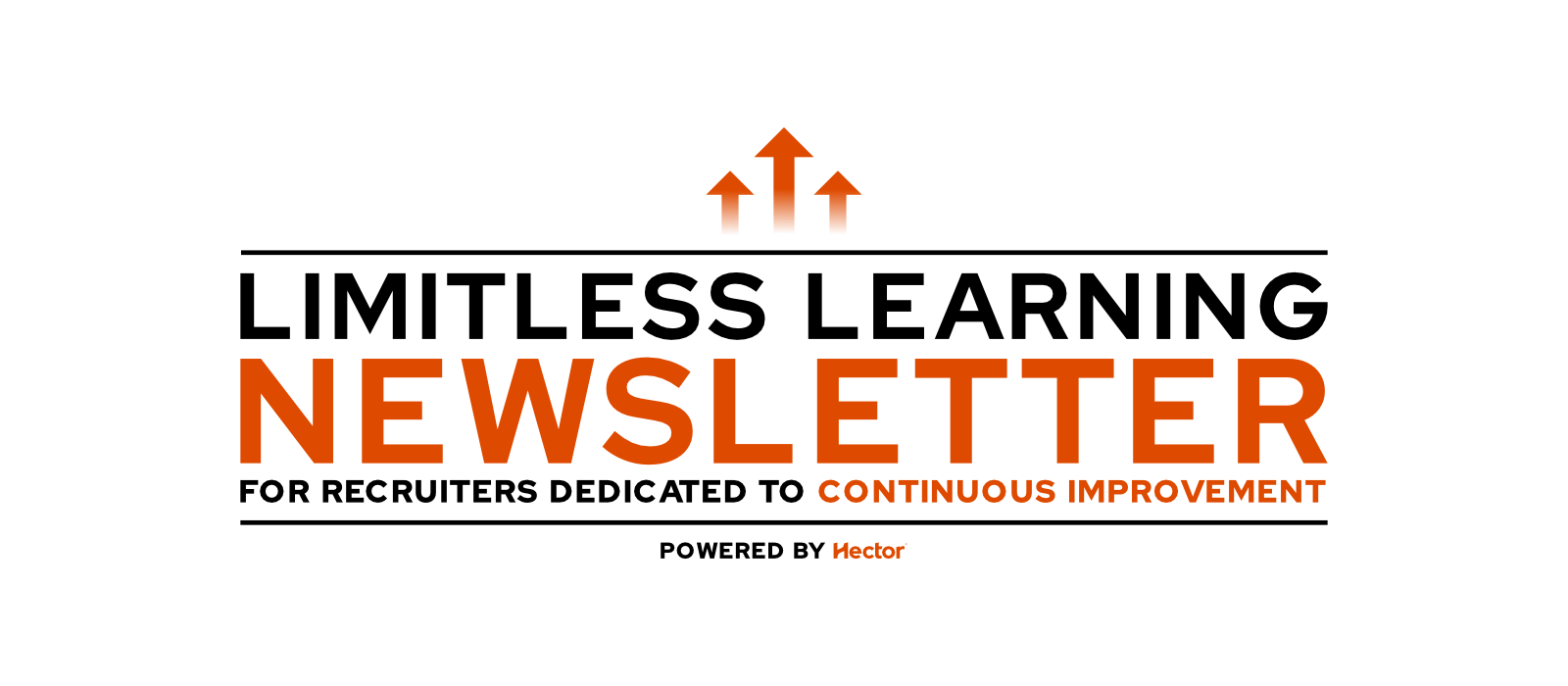Perfecting Market Mapping
Whether you’re a junior in the early stages of your career, or a seasoned consultant who has worked in the industry for a decade – market mapping is a key part of being a successful recruiter and understanding your market.
Everybody has their own methods for market mapping, whether it’s how you start through to how you present it and understand your market.
There isn’t a one-size-fits-all remedy, however, there are some key things to be mindful of to perfect your market mapping skills!
Why is market mapping so important?
There are three key reasons why market mapping is crucial to building a fruitful desk as a recruiter…
#1 Building your knowledge
Even experienced recruiters don’t know everything about their market, which is why market mapping allows you to have a constant flow of information about what is going on in your market as well as companies to watch.
Building your knowledge as a recruiter is ongoing, and the more experience you build – the more knowledge you’ll acquire! Market mapping is a core part of that.
#2 Networking
Unless you have worked in the industry you recruit for and understand all the technicalities, you aren’t going to have a set network of people that you can rely on for market information as well as leverage for BD.
Market mapping enables you to network with prospective clients and candidates, building that knowledge base and seeing what opportunities are available to you.
#3 It forms part of your BD strategy
Market mapping isn’t just for you to understand your market, but it’s to create a “plan of attack” for BD.
When you market map effectively, you should have a good chunk of companies to hand on a daily basis so your BD efforts can be targeted.
How can you start to effectively market map?
Inch-wide-mile-deep
You’ve all heard the phrase inch-wide-mile-deep before, that’s because it’s a common descriptor used by recruiters when talking about how you should approach your desk.
Trying to tackle the whole market is impossible – even with a huge team.
Instead, adopting this specified approach to recruitment and having a smaller bullseye/target makes your market mapping efforts a lot easier.
Whether you structure it on a spreadsheet or through your database, there are 5 key things we believe make up a stellar market-mapping strategy:
#1 Low-hanging fruit
Don’t make it hard for yourself – there’s absolutely nothing wrong with going for low-hanging fruit.
This could be companies that you’ve got existing relationships or links with (friends of friends, previous placements, or you have an understanding of the company) which are going to generate you good results.
These results could be placements but they could also be valuable market information.
Low-hanging fruit will form the basis of your market mapping because you’ll view your mapping efforts as part of business development, not an additional “admin” task that isn’t going to bring you any results.
**Top Tip – You could also make sure you always add the companies you see that are advertising on the job boards so you can start easily seeing all of the companies in your space who are constantly hiring**
#2 Strategic point(s) of contact
Again, market mapping is for business development – so make sure that you have a key point of contact you want to talk to (or 2-3 people if the company is bigger).
Don’t just think about hiring managers, either.
Talent Acquisition and HR are usually put on the backburner – when in reality they are probably the fastest way in (aside from the C-Suite) into working with a company.
#3 Key company information
Salaries, locations, open roles, retention, opinion in the market, and business performance are just some of the areas you can qualify for when doing a market mapping exercise.
Make a note of this so you always have points of reference when either speaking to someone from this company or demonstrating your knowledge of them to a competitor.
#4 Competitors
Mapping out 2-3 competitors will enable you to have a targeted market map as well as a BD list.
Let’s say you have a list of 10 companies you want to market map – you can easily make this 20 or 30 companies providing that you’re able to source main competitors for each of them!
#5 Vision, values, and culture
Some consultants don’t think to do this, but understanding an organisation’s vision, values, and culture will not just build your knowledge of the market (and the companies within them) but it’ll also allow you to align yourself providing that the recruitment agency that you work for echoes the same values.
Clients nowadays want more than just a transactional recruiter-client relationship, they want something that is going to feel like a partnership. Understanding vision, values and culture is a considerable part of this.
How this looks in an Excel spreadsheet
These are the columns you should have in your market mapping document:
Company.
Size Of Company.
Job Title Of Contact: Founder, Director, CEO, MD, Head Of Talent, TA.
Name Of Contact.
Linkedin Profile.
Contact Details.
Then you want to create a colour key which indicates the following; You have met with, spoken to, not interested – or anything else you want to highlight.
Here is a template you can make a copy of kindly shared with a good friend of Hector, Allicia Birch.
Market Mapping Template [Make a copy] – Use this link if you have a Google account.
Market Mapping Template [Free download] – Use this link if you don’t have a Google account, click file and then download into whatever format you want.

